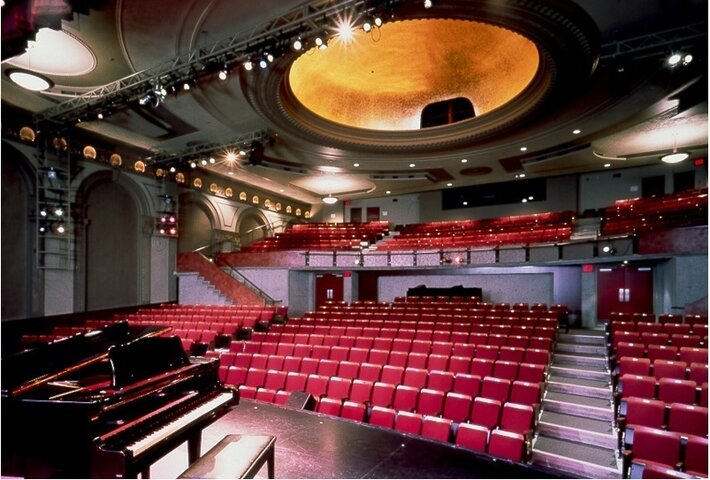lwinters630
Well-Known Member
I am looking for ideas to retro fit the 300 Watt Incandescent Frosted PS35 Light Bulb, Mogul Base - 300/PS35/IF can lights in the ceiling of our auditorium with LED bulbs. Actually I think these are the wrong bulbs for this can, since there are no reflectors in it. They run through our EDI mark IV dimmesr. Average height is 20' off floor. I found adapters to convert mogul to Edison base and I was hoping to just change the bulbs.
If LED's won't work, is there a more efficient type of bulb?
If LED's won't work, is there a more efficient type of bulb?



